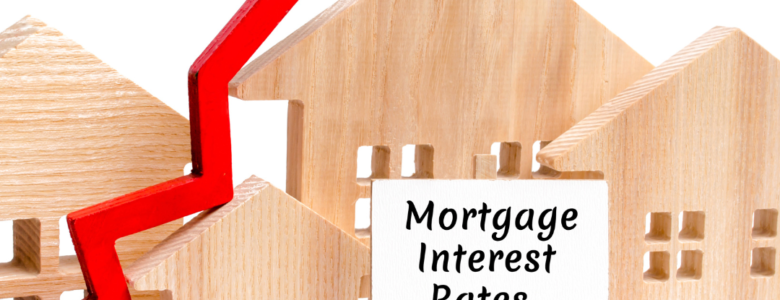FHA reverse mortgages offer a pathway for seniors to access their home equity, but comprehending the role of interest rates is vital. In this article, we’ll shed light on the current interest rate landscape in FHA reverse mortgages and its significance in the borrowing journey.
The Role of Interest Rates
Interest rates play a pivotal role in determining the financial implications of an FHA reverse mortgage. They influence how the loan balance grows over time, impacting the amount owed when the loan becomes due.
Current Interest Rate Scenario
FHA reverse mortgages often offer both fixed and adjustable interest rate options. The specific rate can fluctuate based on various economic factors, but it’s essential to note that these rates generally include a margin set by the lender, along with an index, which could be the U.S. Treasury or LIBOR.
Impact on Borrowing
The interest rate directly influences the amount of funds a borrower can access. Lower rates can potentially mean a higher loan amount available to the homeowner, while higher rates might result in a lower loan amount.
Considering Long-Term Effects
While current interest rates are crucial, borrowers must also consider the long-term impact. Even a small variation in interest rates can significantly affect the total amount owed at the end of the loan term. This consideration becomes even more critical in adjustable-rate FHA reverse mortgages where rates can change over time.
Making Informed Choices
Before diving into an FHA reverse mortgage, it’s wise to explore multiple lenders to understand the range of interest rates they offer. Additionally, consulting with financial advisors can provide insights into the impact of interest rates on your unique financial situation.








